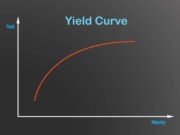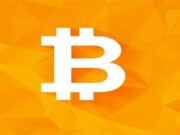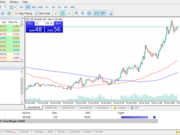Definition
Quantitative easing, also known as large-scale asset purchases, is an expansionary monetary policy whereby a central bank buys predetermined amounts of government bonds or other financial assets in order to stimulate the economy and increase liquidity. An unconventional form of monetary policy, it is usually used when inflation is very low or negative, and standard expansionary monetary policy has become ineffective. A central bank implements quantitative easing by buying specified amounts of financial assets from commercial banks and other financial institutions, thus raising the prices of those financial assets and lowering their yield, while simultaneously increasing the money supply. This differs from the more usual policy of buying or selling short-term government bonds to keep interbank interest rates at a specified target value.
Quantitative Easing
Quantitative Easing is an unconventional financial policy, in which a central bank purchases government securities or other securities from the market with the purpose of lowering interest rates as well as increasing the money supply. Quantitative easing creates an increase in the money supply by flooding financial institutions with capital in an effort to encourage increased money lending and financial liquidity. It is considered as an option when short-term interest rates are at or declining towards zero and it does not involve the printing of new banknotes.
Usually central banks target money resources by buying or selling government bonds. If the bank seeks to boost economic growth, it buys government bonds which in return lowers the short-term interest rates and increases the money supply. The strategy starts losing its effectiveness when interest rates approach zero and this forces banks to try other strategies in order to stimulate the economy. Quantitative easing targets commercial banks and private sector assets instead and it attempts to spur economic growth by convincing the banks to lend more money. But if the money supply increases too rapidly, the quantitative easing can cause higher rates of inflation. This is because of the fact that there is still a fixed amount of goods for sale even though more money is now available in the economy.
Furthermore, the banks may choose to keep generating funds through quantitative easing in reserve rather than making the funds available for lending to individuals and businesses.
Further Reading
- Quantitative easing and unconventional monetary policy–an introduction – academic.oup.com [PDF]
- The financial market impact of quantitative easing – papers.ssrn.com [PDF]
- The financial market impact of UK quantitative easing – academic.oup.com [PDF]
- Assessing the economy‐wide effects of quantitative easing – academic.oup.com [PDF]
- The United Kingdom's quantitative easing policy: design, operation and impact – papers.ssrn.com [PDF]


































